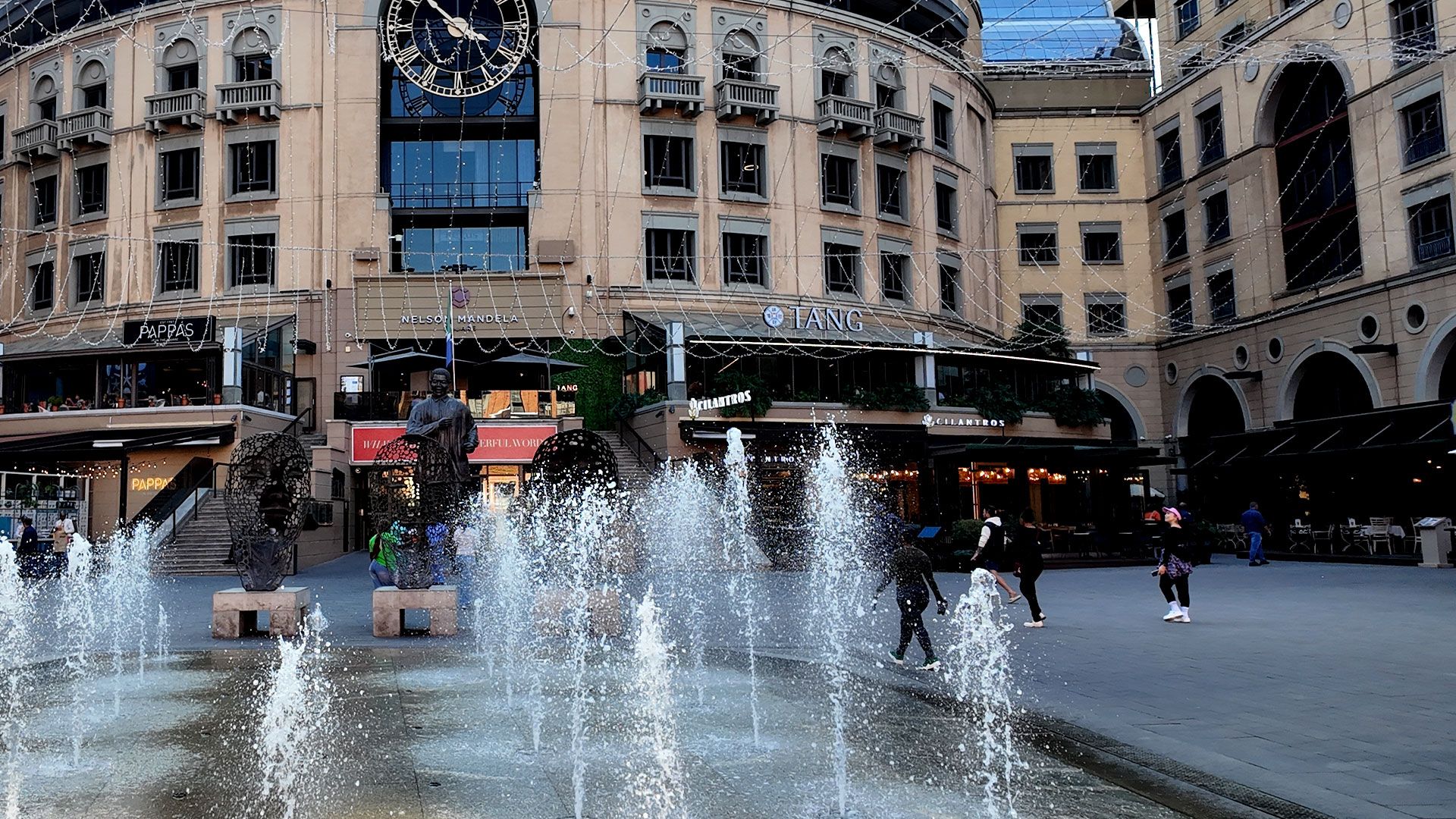November 18, 2025
Why Aluma does not Force an Interest Cut
Cautious Optimism Amidst Inflation and Reform Momentum

Inflation Dynamics and Policy Implications
South Africa’s inflation rate remains a central factor in this deliberation. The latest data indicates an inflation figure of around 3.4% for September, with forecasts estimating a slight rise to 3.5% in October. Although this is marginally above the new inflation target of 3%, the upward trend is gentle, hinting that the Bank might prefer patience over aggressive moves. The recent agreement with the National Treasury to lower the inflation target to 3%—with a permissible fluctuation of one percent—demonstrates a commitment to long-term price stability. Yet, inflation remains slightly above the ideal level, and with inflation expectations adjusting upwards, the SARB might opt for caution.
Bond Market Sentiment and Yields
In the bond markets, the response to South Africa’s improving fiscal outlook has been pronounced. Following S&P Global Ratings’ upgrade of the country’s credit rating to BB—two levels below investment grade—long-term bond yields have fallen to historic lows. Yields on bonds maturing in 2035 have dropped significantly from 8.65% to 8.60%, amidst optimism about fiscal reforms and global risk appetite. Recent envelope of the Medium-Term Budget Policy Statement (MTBPS) further reinforced this confidence, with bond traders projecting yields could dip to around 8.5% by year’s end.
This decline in yields reflects market confidence that the country’s fiscal position is strengthening. The anticipated reinvestment of maturing debt, coupled with ongoing structural reforms, suggests that borrowing costs could stay low, thereby supporting economic growth and fiscal sustainability.
Economic and Fiscal Reform: Building a Foundation
The recent MTBPS delivered by Finance Minister Enoch Godongwana underscores South Africa’s commitment to fiscal discipline and structural reform. Returning to a primary surplus of R68.5 billion in 2025/26, the government is demonstrating a disciplined approach to managing its public finances—an essential step in restoring investor confidence. Steps to improve revenue collection and implement structural reforms, especially under Operation Vulindlela Phase 2, are aimed at unlocking long-term growth by addressing deep-seated infrastructure bottlenecks and judiciary reforms.
The lowered inflation target of 3%—a historic move—aligns with the Reserve Bank’s mission to anchor inflation expectations. This, combined with efforts to contain public debt and improve the investment climate, is designed to sustain low interest rates, foster private sector growth, and ultimately drive employment.
The Dual Mandate and Currency Stability
The SARB’s dual mandate—to ensure price stability and protect the value of the Rand—continues to be the guiding compass for interest rate decisions. A higher interest rate differential relative to international markets attracts portfolio inflows, supporting Rand stability and helping to control inflation through exchange rate effects. Currently, a stable or slightly appreciating Rand provides vital relief in managing imported inflation, critical given South Africa’s reliance on imported goods and commodities.
Conclusion: Balancing Risks and Opportunities
Given the combined influences of cautious fiscal management, a modest inflation uptick, and a supportive bond market environment, the SARB faces a delicate decision. While many expect a modest rate cut, the central bank is likely to adopt a cautious stance, opting to hold rates steady amidst inflationary pressures and signs of global economic uncertainty.
The upcoming decision will signal whether South Africa’s path is towards continued patience or a shift towards easing monetary policy to bolster growth. For conservative investors and stakeholders anchored in economic stability, the current environment offers cautious optimism—recognising that prudent fiscal reforms and disciplined monetary policy are vital to sustained long-term recovery.
As South Africa navigates these complexities, responsible economic management remains essential—balancing growth prospects with inflation control, all while maintaining the confidence of investors and safeguarding the value of the Rand. The coming days will be pivotal in confirming the country’s approach for the months ahead.











